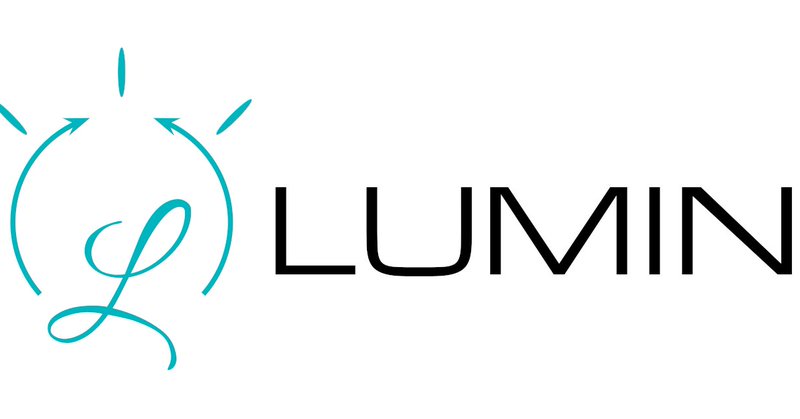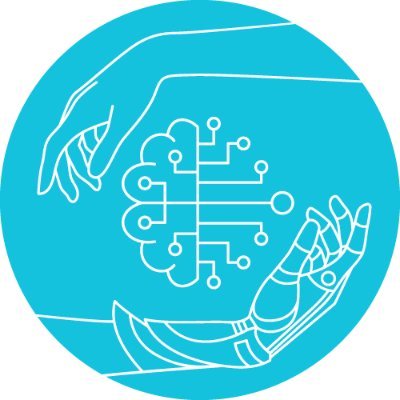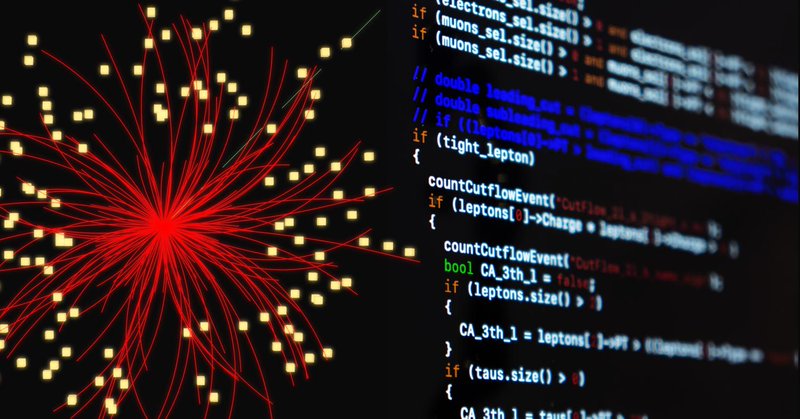
Giles Strong
@Giles_C_Strong
Followers
678
Following
3K
Media
171
Statuses
1K
Tokyo-based AI Researcher | PhD particle physics Previously: Deep-learning approaches for high-energy particle physics at CERN's CMS experiment.
Shibuya, Tokyo, Japan
Joined May 2016
I really excited to say that the #PyTorch wrapper for #MachineLearning in #HighEnergyPhysics that I've been developing is now in beta and available on PIP!.Feedback, suggestions, and contributions are most welcome:
github.com
LUMIN - a deep learning and data science ecosystem for high-energy physics. - GilesStrong/lumin
3
4
55
LLMs may be all the rage these days, but the key question on my mind is "can they help build Magic: The Gathering decks?". Let's dive in and take a look!. Code-base:
github.com
An LLM-system for constructing Magic: The Gathering decks around specific themes - GilesStrong/deep_mtg
0
0
1
RT @MilesCranmer: SymbolicRegression.jl → 1.0 🎉 . After several years of work, I'm thrilled to announce some major new features! Let me sho….
0
42
0
Very happy to finally have this work published!.Summary walkthrough here
Great new work by @Giles_C_Strong @dorigo @MLamparth @pietrovischia et al @MODECollaborat1 @INFN_ @IFCA_CSIC_UC @DFAUnipd-'TomOpt: differential #optimisation for task- and. #muon #tomography'- #machinelearning #HEP #particlephysics #detectors #nuclear
1
1
3
RT @ATLASexperiment: Explore over 7 billion LHC collision events from home💻. The ATLAS Experiment at @CERN has made public two years' worth….
atlas.cern
The ATLAS Experiment at CERN has made two years’ worth of scientific data available to the public for research purposes. The data include recordings of proton–proton collisions from the Large Hadron...
0
68
0
Delighted to say that the code for our paper on differential optimisation for muon tomography is now public!.Preprint (soon to be published) NeurIPS Poster @MODECollaborat1.
1
0
10











